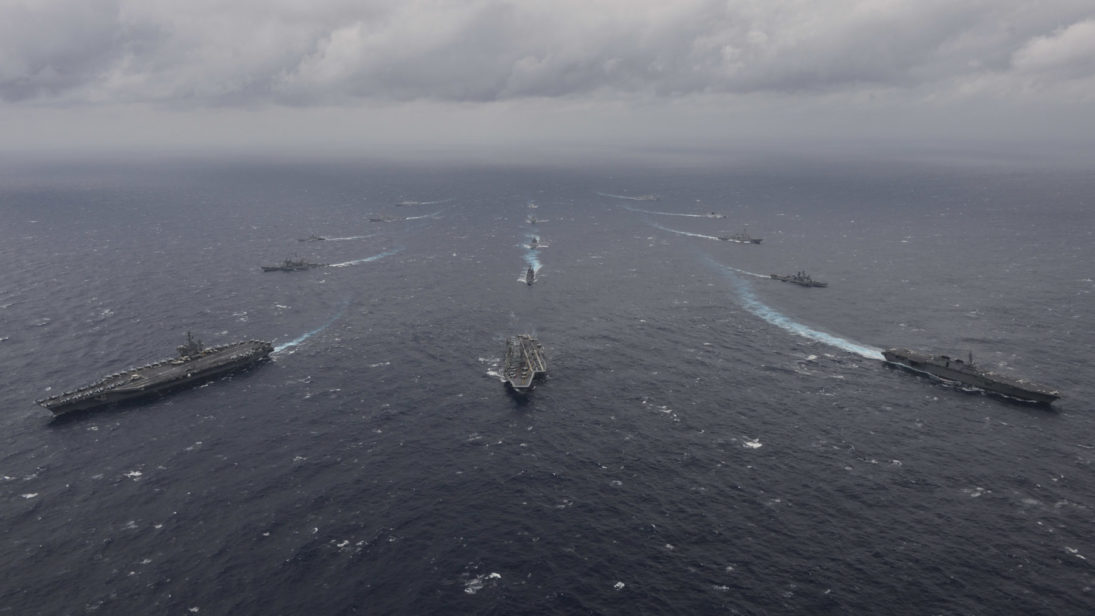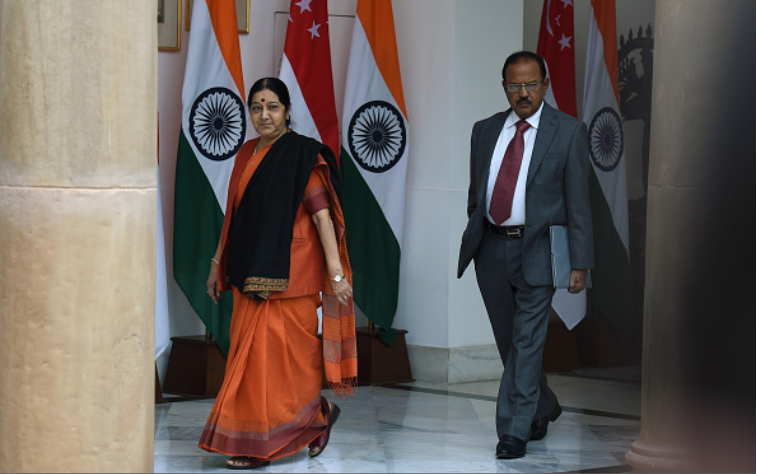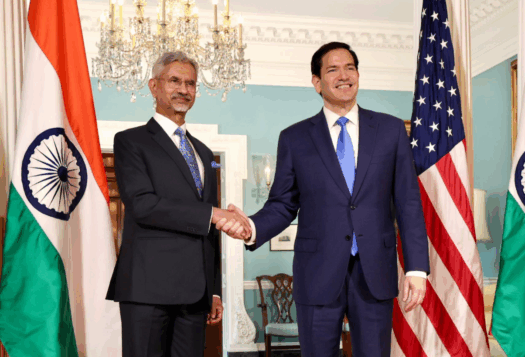
In April 2016, India took a significant step towards completing its nuclear triad with the test of its K-4 intermediate-range, submarine-launched ballistic missile (SLBM) from India’s first indigenously-produced nuclear submarine, the INS Arihant. A month later, a Pakistani foreign affairs adviser, Sartaj Aziz, issued a policy statement at the United Nations General Assembly (UNGA) that the Indian Ocean region should be a “nuclear-free zone.” Aziz’s remarks prompted Ankit Panda, a noted analyst of South Asian strategic affairs, to argue that undersea deterrence in the Indian Ocean was likely here to stay and that the UN “isn’t in the business of nuclear weapon free zones.”
Nuclear weapon free zones or “zones of peace” have been defined as “regional approaches to strengthen global arms control and disarmament norms as well as establishing greater peace and security across the world.” As such, regional leadership is required for nuclear free zones to be established and enforced. As one of two major indigenous nuclear powers in the region, India’s assent and cooperation would be required for any such zone to be declared.
Though India paid lip service to the idea of a nuclear-free Indian Ocean in the past, India has been actively pursuing its security interests in the Indian Ocean through conventional and nuclear means for several decades. This separation between stated rhetoric and action may be the result of India’s desire to assert its own great power status in Asia and combat threats emanating from Pakistan. Thus, India’s government has prioritized maintaining a hardline security posture in the Indian Ocean over adhering to multilateral initiatives aimed at peace and stability.
Multilateralism and India’s History with Nuclear-Weapon-Free-Zones
India is not a newcomer to the issue of establishing a zone of peace in the Indian Ocean. As one of the founding countries of the Non-Aligned Movement (NAM), India accepted the principle of nuclear weapon free zones at the Cairo Conference in 1964. Six years later, at the NAM conference in Lusaka, Zambia, Sri Lanka proposed the idea of an Indian Ocean Zone of Peace (IOZOP) and India once again signed onto this concept. The final communiqué of the conference designated the Indian Ocean as a zone of peace free of both nuclear weapons and great power rivalries.
India’s enthusiasm for an IOZOP has always been colored by its perceptions of national security. For example, UNGA Resolution 2832 (1971) declared the Indian Ocean a zone of peace but made no mention of restricting the movement or presence of nuclear weapons in the region per India’s request. Rather, the resolution simply called upon “great Powers” to refrain from expanding their military presence in the Indian Ocean.
Indian national security interests and the Pakistani perspective
Since the mid-1970s, India’s strategic actions began to depart from its previously supportive position regarding IOZOP. India’s “peaceful nuclear explosion” in 1974, in particular, eroded the prospect of a nuclear free zone in the Indian Ocean region. By 1989, India was granted an additional assist when a number of Western members of the UN Ad Hoc Committee on the Indian Ocean, the main committee studying the IOZOP issue, withdrew from the group, arguing the superpower rivalry between the United States and Russia in the Indian Ocean no longer provided sufficient reason for the group’s existence (or represented the main cause of instability in the region).
Less than a decade later, hopes for an IOZOP further diminished following India’s first nuclear weapons test in 1998. To underscore this development, India put forward its Indian Maritime Doctrine in 2004, later updated in 2009, which highlighted the need for a sea-based nuclear deterrent. As such, India’s naval posture also moved away from coastal protection to a more competitive strategy reliant of further enhancing its sea-based nuclear capability. To Indian national security policymakers, SLBMs represent an important part of India’s deterrence strategy in that SLBMs provide India with an assured second-strike capability given the difficulty of targeting nuclear submarines.

While the development of sea-based capabilities may seem self-evident to Indian policymakers given the potential threat from China, the perspective is darker in Pakistan. India’s K-15 Sagarika SLBM, for example, could be viewed as a Pakistan-specific weapon with a range of only 700 km. From the Pakistani perspective, these developments undermine the stability of nuclear deterrence in the region, which has prompted Pakistan’s own quest for a nuclear triad. Pakistan’s development of the Babur-3 submarine-launched cruise missile can also be seen as a response to India’s growing submarine capability.
With this context, India finds its words in conflict with its actions. Namely, India will continue to build up its navy to defend its strategic interests in the region while also paying lip service to the idea of IOZOP. In December 2014, India’s National Security Advisor, Ajit Doval, highlighted the importance of a zone of peace in the Indian Ocean. In August 2017, Indian External Affairs Minister Sushma Swaraj reiterated the importance of a “peaceful, stable, and secure” Indian Ocean free of both traditional and non-traditional security threats.
However, the question remains whether India will take into account its previous support of IOZOP as it executes its strategic interests through a growing maritime nuclear capability. Given the deterioration of Pakistan-India relations and the threat India’s expansion into the Indian Ocean may represent to Pakistan, it may be worthwhile to look at the IOZOP with fresh eyes and tailor it to current regional and geopolitical realities.
***
Image 1: U.S. Pacific Command via Flickr.
Image 2: Prakash Singh via Getty Images.


